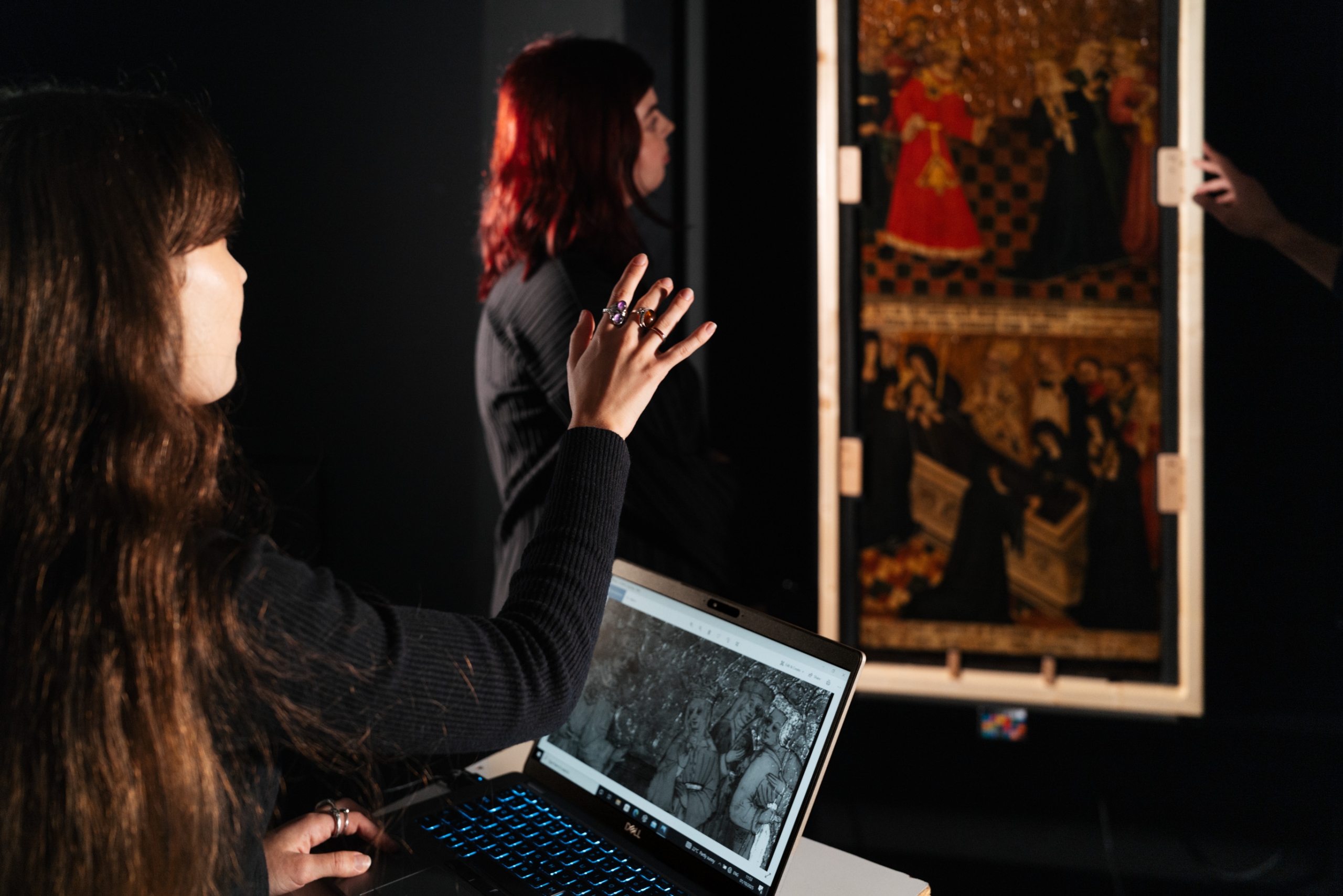Thesis: The Development and Impact of Artists’ Acrylic Paints in the United Kingdom
Supervised by Prof. Aviva Burnstock Head of the Department of Conservation and Technology, Courtauld Institute of Art and Dr Bronwyn Ormsby, Senior Conservation Scientist, Tate
In 1963, artists’ acrylic emulsion paints were first made and marketed in the United Kingdom, although they had been available in the United States since 1956. The market for the new paint media rapidly grew in popularity and it was taken up by influential artists. While the history of the development of this painting medium in the US has been investigated, less is known about the production of acrylic emulsion paint in the United Kingdom and Europe, and how it was adopted and used by artists within the UK. This doctoral research project will investigate the development of artists’ acrylic dispersion paint in the UK, its use by significant British artists and its ongoing legacy in the visual arts.
How and why did paint manufacturers in the United Kingdom produce and introduce acrylic emulsion paints into the fine art community and what was the impact of this new material on the production of artworks? How did acrylic paint become established as a key artistic medium following its launch in the United Kingdom and how has it remained relevant through to the 21st century? How have acrylic paints and their use by artists developed and changed following its initial launch? These questions will be explored from two perspectives. Firstly, the production and sales of the acrylic emulsion paint media will be explored through interviews with paint manufacturers, examination of the technical literature and catalogues of materials and artist manuals. Secondly, focus shifts to the artists and artworks, looking at the uptake of acrylic paints in comparison to oil paints and the reception of their works by critics, curators, dealers and collectors. A series of case studies of artists represented in Tate’s Collection will be undertaken; combining technical examination of artworks with contextual information gathered from interviews, gallery information and published writings.
The proposed approach is based on technical art history which draws together strands of information around artworks from direct examination and imaging of artworks, scientific analysis of the materials and structure, exploration of studio practices and into the social, economic, technological and philosophical context in which the art was produced. This interdisciplinary approach was championed by David Bomford as a method to examine the holistic influences on the production and subsequent changes of artwork. This direction can shed new light on artistic production and the proposed research is an opportunity to evaluate the significance of this particular material on the practices of artists, such as Peter Blake, Bridget Riley and David Hockney, across their careers.
The initial focus will be on early developments and use by artists, centred on the years around 1963. Subsequent investigations will examine the market growth of acrylic paint products, influence on artistic styles and how acrylic dispersion paints have been adapted and continue to be a relevant and popular painting medium through to the early 21st century.





